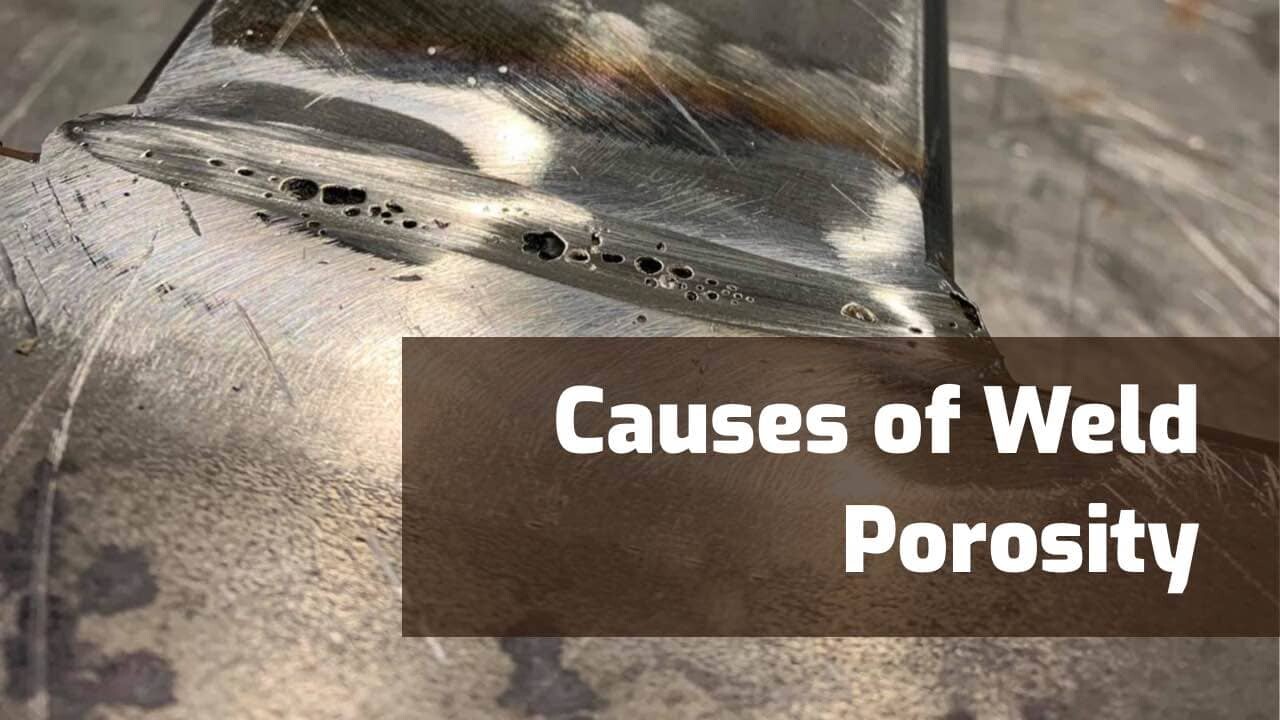What is Porosity in Welding: Key Elements and Their Effect On Weld High Quality
What is Porosity in Welding: Key Elements and Their Effect On Weld High Quality
Blog Article
Understanding Porosity in Welding: Discovering Causes, Effects, and Avoidance Methods
Porosity in welding is a consistent obstacle that can considerably impact the quality and stability of welds. As professionals in the welding sector are cognizant, comprehending the causes, effects, and prevention techniques connected to porosity is important for attaining durable and reputable welds. By delving right into the origin of porosity, analyzing its damaging results on weld quality, and discovering effective prevention strategies, welders can improve their expertise and skills to create high-quality welds constantly. The intricate interplay of aspects adding to porosity requires a comprehensive understanding and an aggressive approach to ensure successful welding outcomes.
Typical Sources Of Porosity
Contamination, in the type of dirt, grease, or rust on the welding surface, creates gas pockets when heated up, leading to porosity in the weld. Improper protecting occurs when the securing gas, typically made use of in processes like MIG and TIG welding, is not able to totally secure the molten weld pool from reacting with the surrounding air, resulting in gas entrapment and succeeding porosity. Additionally, poor gas coverage, frequently due to incorrect circulation prices or nozzle positioning, can leave components of the weld unguarded, enabling porosity to form.
Results on Weld High Quality
The visibility of porosity in a weld can significantly jeopardize the general top quality and honesty of the bonded joint. Porosity within a weld creates voids or dental caries that compromise the structure, making it extra prone to cracking, corrosion, and mechanical failing. These voids serve as anxiety concentrators, lowering the load-bearing ability of the weld and raising the probability of premature failure under applied tension. Additionally, porosity can likewise act as prospective sites for hydrogen entrapment, more intensifying the degradation of the weld's mechanical residential properties.
In addition, porosity can hinder the efficiency of non-destructive testing (NDT) strategies, making it testing to detect other issues or gaps within the weld. This can result in considerable security problems, especially in important applications where the structural integrity of the bonded parts is extremely important.

Avoidance Techniques Review
Given the detrimental influence of porosity on weld high quality, reliable prevention methods are important to preserving the architectural honesty of welded joints. One of the main avoidance strategies is extensive cleansing of the base products before welding. Pollutants such as oil, oil, rust, and moisture can add to porosity, so making certain a tidy job surface is important. Appropriate storage space of welding consumables in dry conditions is also critical to avoid moisture absorption, which can lead to gas entrapment throughout welding. In addition, picking the appropriate welding parameters, such as voltage, current, and travel speed, can aid reduce the threat of porosity formation. Guaranteeing appropriate shielding gas circulation and insurance coverage is one more crucial prevention technique, as inadequate gas insurance coverage can result in atmospheric contamination and porosity. Correct welder training and qualification are important for carrying out preventive actions properly and constantly. By including these avoidance methods right into welding practices, the occurrence of porosity can be dramatically decreased, causing stronger and a lot more trustworthy welded joints.
Importance of Proper Shielding
Appropriate securing in welding plays an essential role in avoiding atmospheric contamination and guaranteeing the stability of bonded joints. Shielding gases, such as argon, helium, or a blend of both, are frequently made use of to shield the weld swimming pool from responding with components in the air like oxygen and nitrogen. When these reactive elements enter into contact with the hot weld pool, they can cause porosity, bring about weak welds with lowered mechanical properties.

Inadequate securing can cause different flaws like porosity, spatter, and oxidation, endangering the architectural honesty of the welded joint. For that reason, adhering to correct securing methods is important to create top quality welds with marginal problems and ensure the longevity and reliability of find out here the bonded elements (What is Porosity).
Monitoring and Control Approaches
Just how can welders properly keep track of and control the welding process to guarantee optimal outcomes and protect against problems like porosity? One secret technique is with making use of innovative surveillance innovations. These can include real-time monitoring systems that offer responses on specifications such as voltage, existing, travel speed, and gas circulation rates. By constantly keeping track of these variables, welders can recognize discrepancies from the perfect problems and make prompt changes to stop porosity formation.

Furthermore, carrying out correct training programs for welders is essential for keeping track of and managing the welding process properly. What is Porosity. Educating welders on the significance of preserving constant criteria, such as correct gas securing and take a trip rate, can help protect against porosity issues. Regular assessments and accreditations can additionally guarantee that welders are skillful in tracking and regulating welding processes
Additionally, using automated welding systems can boost monitoring and control abilities. These systems can exactly control welding parameters, decreasing the possibility of human mistake and making Full Report sure constant weld quality. By combining innovative surveillance technologies, training programs, and automated systems, welders can properly keep track of and control the welding procedure to reduce porosity problems and accomplish high-grade welds.
Conclusion

Report this page